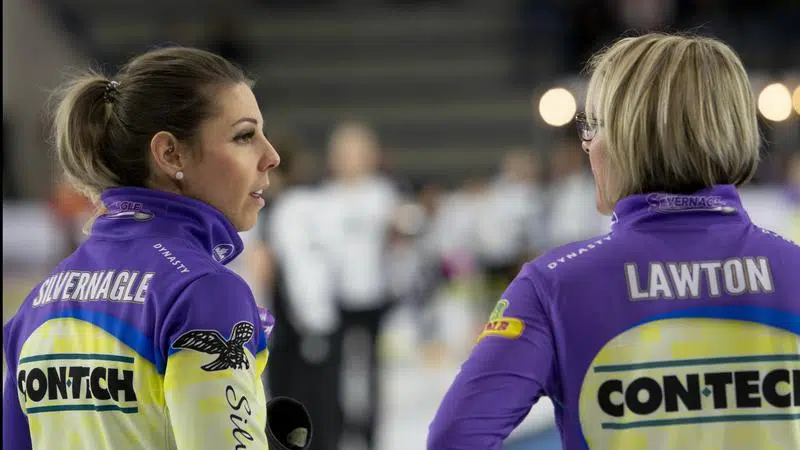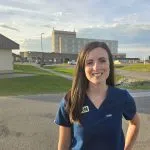
The state of curling in Saskatchewan: The Silvernagle effect
Yesterday, we took a look at the Biggar Curling Club and the struggles they’ve been going through in keeping the curling club afloat. Today, we speak more about the struggles from the perspective of Robyn Silvernagle, what can be done to turn the tide, and how the “Silvernagle Effect” is changing perceptions of curling in the province.
—
Robyn Silvernagle has had a blockbuster year.


